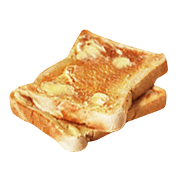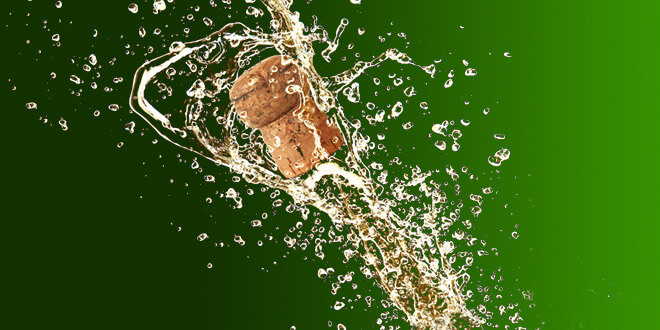Non-VintageChampagne
Accounting for more than 80% of all bottles sold, non-vintage Champagne is by far the most popular style.
What Does Non-Vintage Champagne mean?
A more accurate description of Non-Vintage Champagne would be ‘multi-vintage’, given that non-vintage blends typically comprise 60%-90% from one vintage, with the remainder made up of ‘reserve’ wines from other years, to ensure that the Champagne keeps its house style intact. Non-Vintage is often shortened to 'NV' – so if you see NV on a bottle of Champagne, you can be confident it is a blend of several vintages.
Non-Vintage Champagnes do not have to be drunk within a year of purchase; in fact, if left to mature for up to five years or so, they will become more complex – or, if your preference is for fresher, cleaner flavours, then they can be enjoyed immediately; the choice is yours. And while the big names are deservedly celebrated, it’s worth trying a ‘grower’s’ Champagne, made by smaller producers; you may not recognise their name, but their Champagne is often top-notch.
Famous Non-Vintage Champagnes
The best-known Champagne brands are some of the most famous brands in the world full stop – think of Krug, Bollinger, Veuve Clicquot, Moet et Chandon – the list goes on. All the biggest Champagne brands are a byword for luxury – and it helps that Champagne itself is forever linked with good times and celebrations.
Typical Character and Style of Non-Vintage
-
 Apple
Apple
-
 Lemon
Lemon
-
 Biscuits
Biscuits
-
 Toast
Toast
Filter
Price Range
Producer
Type
Style
Age
Vintage
Size
Food Pairing
Certification
Grape Variety
Sustainability

Bollinger Special Cuvee NV ChampagneGift Box
$57.44
($76.58 per litre)

Pol Roger Reserve NV ChampagneGift Box
$50.64
($67.52 per litre)

Taittinger Brut Reserve ChampagneGift Box
$48.27
($64.36 per litre)

Perrier-Jouet Grand Brut ChampagneGlass Set
$88.39
($117.86 per litre)

Veuve Clicquot Yellow Label NV ChampagneGift Box
$59.05
($78.74 per litre)

Gallimard Les Riceys Cuvee Reserve Champagne
$34.46
($45.95 per litre)

Champagne Vouette et Sorbee Blanc d'Argile
$90.55
($120.73 per litre)

Bollinger Special Cuvee NV Champagne + 2 Glasses Pack
$103.82
($138.42 per litre)

Louis Roederer Collection 243Gift Box
$61.43
($81.90 per litre)

Billecart-Salmon Brut Reserve Champagne
$50.64
($67.52 per litre)

Perrier-Jouët Grand Brut ChampagneEcobox
$56.57
($75.43 per litre)

Bereche & Fils Champagne Brut Reserve
$63.58
($84.78 per litre)

R de Ruinart Brut Champagne
$66.06
($88.09 per litre)

Chavost Blanc de Meunier Brut Nature NV Champagne
$63.58
($84.78 per litre)

Veuve Fourny Vertus Blanc de Blancs Extra Brut Premier Cru Champagne
$43.09
($57.45 per litre)

Collet Brut 1er Cru Art Déco NV Champagne
$45.03
($60.04 per litre)

Ruppert Leroy Fosse Grely ChampagneBrut Nature
$66.60
($88.81 per litre)

Moet & Chandon Brut Imperial NV ChampagneGift Box
$51.72
($68.96 per litre)

Laherte Freres Petit Meslier NV Champagne
$115.41
($153.88 per litre)

Henri Giraud Fut de Chene MV17 Champagne
$156.40
($208.53 per litre)

Champagne Delavenne Brut Tradition NV
$36.62
($48.83 per litre)

Egly Ouriet Les Vignes de Vrigny 1er Cru Brut Champagne
$70.06
($93.41 per litre)

Andre Jacquart Le Mesnil Grand Cru Blanc de Blanc Brut Nature
$53.88
($71.84 per litre)

Le Chapitre Brut NV Champagne
$39.64
($52.85 per litre)



